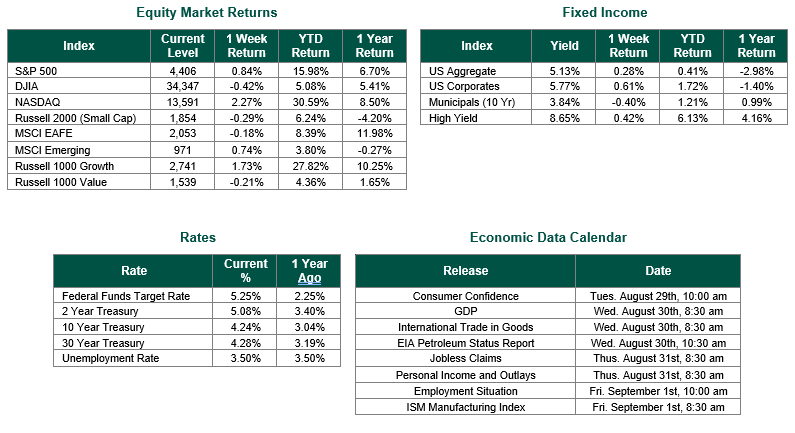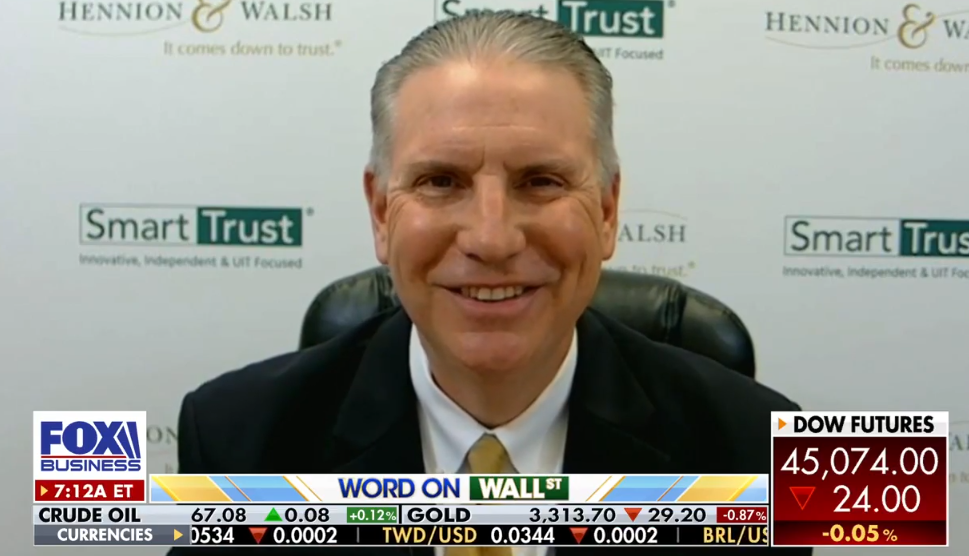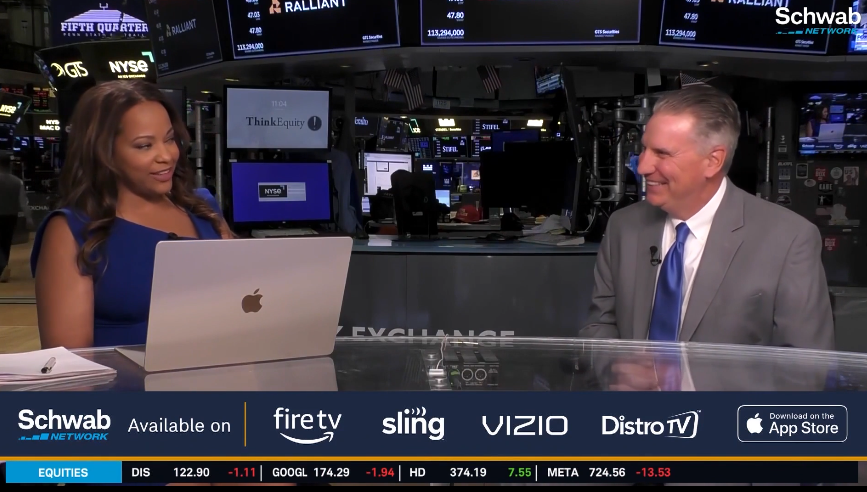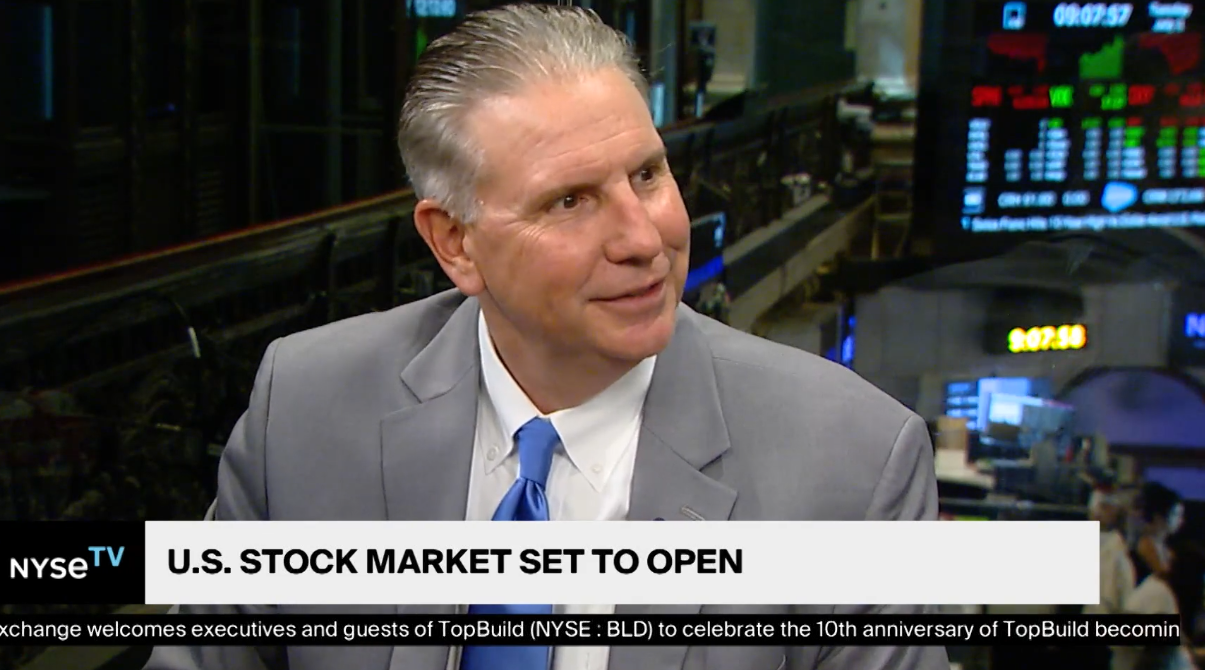
Last Week’s Markets in Review: Fed Pauses Again

Global equity markets finished lower for the week. In the U.S., the S&P 500 Index closed the week at a level of 4320, representing a decrease of 2.91%, while the Russell Midcap Index moved -2.96% last week. Meanwhile, the Russell 2000 Index, a measure of the Nation’s smallest publicly traded firms, returned -3.81% over the week. As developed international equity performance and emerging markets were lower, returning -2.03% and -2.08%, respectively. Finally, the 10-year U.S. Treasury yield moved higher, closing the week at 4.43%.
The financial world was entirely focused on the meeting and actions of the Federal Reserve throughout the past week. Below are some key outtakes from our perspective from the September Federal Open Market Committee (FOMC) meeting:
• As widely expected, the Federal Reserve “paused again” and kept the Fed Funds Target Rate within its current range of 5.25% – 5.50%.
• Also, as expected, the Federal Reserve confirmed its commitment to bringing inflation closer to its target rate of 2% and its data dependency on potential future rate hikes.
• What perhaps was not expected was the change in its outlook for the economy and interest rate cuts next year.
• With respect to the economy, the Fed increased its forecast for gross domestic product (GDP) growth in 2023 from 1.0% to 2.1%. However, the Fed also believes the economy will slow to a growth rate of 1.5% in 2024 and stay below 2% in 2025.
• With respect to interest rates, the Fed maintained the potential for one additional 25 Bp rate hike in 2023 (which we contend could push the economy into a recessionary period next year given the impact on the cost of debt servicing to the heavily leveraged consumer who accounts for 70% of economic growth in the U.S.).
• Through its updated Dot Plot Chart, the Fed also reduced its forecast for interest rate cuts next year from 100 Bp to 50 Bp – but they still are forecasting rate cuts next year.

• The Fed is also forecasting another potential 120 Bp in rate cuts in 2025 – this equates to 170 Bp in possible rate cuts over the next two years – and an additional 100 Bp in potential rate cuts in 2026.
• Finally, as it relates to inflation, the Fed forecasts inflation will continue to fall over the next three years, though not arriving at its 2% target until 2026.
• Overall, the outlook for lower rates, yields, and inflation over the next two years remains intact. However, rates may stay high for longer than earlier anticipated, and the total number of rate cuts next year may be less (and not start until the second half of the year) than previously expected.
Later in the week, two Federal Reserve policymakers expressed support for keeping interest rates elevated to continue the battle against inflation. In separate speeches, Fed Governor Michelle Bowman and Boston Fed President Susan Collins said there’s still a possibility that the Fed will have to raise rates further if economic data doesn’t cooperate. Collins stated, “I expect rates may have to stay higher, and for longer than previous projections had suggested, and further tightening is certainly not off the table. Policymakers will stay the course to achieve the Fed’s mandate.”
Best wishes for the week ahead.
FOMC results and Economic Projections were sourced from the Federal Reserve Bank. Equity Market, Fixed Income returns, and rates are from Bloomberg as of 9/22/23. Economic Calendar Data from Econoday as of 9/22/23. International developed markets are measured by the MSCI EAFE Index, emerging markets are measured by the MSCI EM Index, and U.S. Large Caps are defined by the S&P 500 Index. Sector performance is measured using the GICS methodology.
Disclosures: Past performance does not guarantee future results. We have taken this information from sources that we believe to be reliable and accurate. Hennion and Walsh cannot guarantee the accuracy of said information and cannot be held liable. You cannot invest directly in an index. Diversification can help mitigate the risk and volatility in your portfolio but does not ensure a profit or guarantee against a loss.



